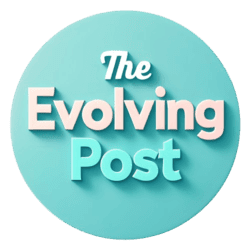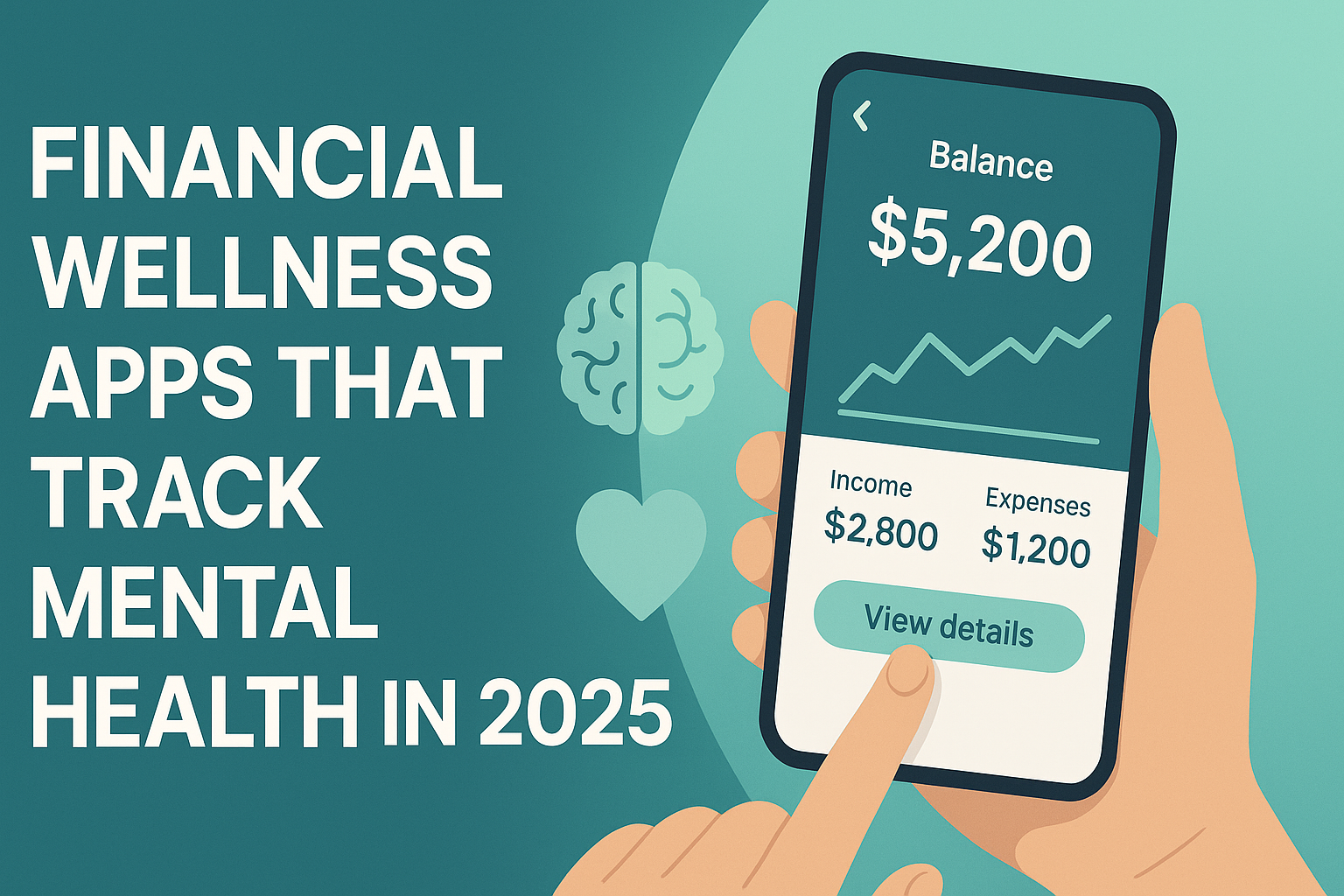The U.S. economy just shrank — again — and while a 0.5% drop in GDP may seem like a technical data point, the real story is far more personal. This isn’t about economists debating charts; this is about your job, income, investments, and spending power.
A contraction in GDP affects nearly every American — whether you’re a homeowner, an investor, a parent, or just trying to keep up with rising prices. Let’s unpack what’s really going on, how it compares historically, and most importantly, what you can do to stay financially resilient in the face of 2025’s economic headwinds.
What’s Behind the GDP Contraction — and Why It Matters Now
The 0.5% decline in real U.S. gross domestic product in Q2 2025 marks the second time in 12 months that we’ve seen the economy shrink. While not yet a full-blown recession, it’s a red flag — particularly because the contraction is regionally uneven and sector-specific.
Midwestern states like Iowa and Nebraska are being hit harder than others, largely due to declines in agriculture and trade. Meanwhile, South Carolina and other Southeastern states are holding steadier, thanks to strong manufacturing and service sectors.
This drop in GDP has roots in front-loaded imports, triggered by a resurgence of tariffs from revised trade policies that echo the Trump-era stance. Businesses raced to bring in goods ahead of expected tariff hikes, inflating import activity and distorting short-term growth data. When the dust settled, the artificial boost faded — and so did GDP.
But it’s not just trade. According to the Bureau of Economic Analysis (BEA) and insights from Morningstar, downturns in key industries like wholesale trade, financial services, and agriculture created a broader drag on output. Combined with cooling consumer demand, we’re now looking at an economy that’s struggling to regain its footing.
What This Means for Your Money: Real-Life Impact
Homeowners: Don’t Rush to Refinance Just Yet
If you hold a mortgage, you’re likely wondering if this downturn means lower rates. While the Federal Reserve has signaled caution, it’s keeping borrowing costs elevated to ensure inflation is fully under control. Don’t expect rapid rate cuts.
However, the Fed is unlikely to raise rates further in this environment. That’s good news for homeowners on adjustable-rate mortgages or those considering refinancing later this year. The advice? Wait and watch, but keep your credit profile strong in case a window for better rates opens.
Investors: Shift Toward Resilience
Stock market volatility has returned, and with GDP contracting, the risk of corporate earnings slowdowns is rising. Historical comparisons are helpful here: during the 2001 contraction, dividend-paying stocks and defensive sectors like healthcare and consumer staples held up significantly better than tech and cyclical names.

Now is the time to stress-test your portfolio. Funds like Vanguard Dividend Appreciation ETF (VIG) and Schwab U.S. Dividend Equity ETF (SCHD) can offer more stability due to their focus on high-quality, cash-generating businesses.
For more risk-averse investors, consider short-term Treasury ETFs or money market funds yielding 4–5% — attractive in a contracting economy. As always, stay diversified, and avoid the temptation to chase speculative plays hoping for a quick rebound.
Savers: A Silver Lining in Higher Rates
If you’re more of a saver than an investor, there’s some upside. High-yield savings accounts, CDs, and I-bonds continue to offer better returns than they have in over a decade. Banks are competing for deposits, and you can find FDIC-insured savings accounts yielding over 4%, especially from digital-first institutions.
Just be cautious: if the economic slowdown continues, banks may begin cutting those attractive rates to protect liquidity. Lock in longer-term CDs now if stability is your goal.
Workers & Consumers: Watch the Job Market Closely
Slower GDP typically translates into softer job creation — and that’s already showing. The Bureau of Labor Statistics (BLS) reported a dip in monthly job openings and a rise in part-time employment. Sectors like retail, construction, and logistics are showing early signs of contraction.
That doesn’t mean layoffs are widespread — yet. But it does mean that wage growth could stall, and competition for quality jobs will increase. The best hedge? Invest in transferable skills: tech literacy, financial fluency, and cross-functional project management are in demand across industries.
On the consumer side, prices for discretionary goods are cooling, but core inflation in categories like healthcare and insurance remains sticky. Keep budgeting tight and avoid long-term financial commitments unless they’re essential.
Actionable Takeaways for Navigating 2025
Track Federal Reserve statements closely. The direction of interest rates will affect everything from mortgages to investment returns.
Rebalance your portfolio to emphasize quality: dividend growers, essential sectors, and cash-flowing businesses tend to outperform in slowdowns.
Take advantage of high-yield savings accounts and CDs, but don’t expect these rates to last forever.
Reskill for flexibility in the job market — employers will reward those who adapt quickly to evolving demands.
Limit big-ticket purchases until the economic outlook stabilizes, especially if tied to credit.
Final Thoughts: Economic Contractions Hurt — But They Also Reset Opportunities
A GDP contraction is a wake-up call, not a doomsday prophecy. While many will focus on headlines and political finger-pointing, smart individuals are using this moment to restructure their finances, reduce risk, and build resilience.
History shows that periods like this often set the stage for long-term gains — but only for those who prepare. Whether you’re managing debt, saving for retirement, or protecting your family’s future, now is the time to act strategically.
Want more insights like this? Explore our latest breakdown of recession-ready investments and long-term financial planning tools at The Evolving Post.
While this analysis is based on thorough research, it is for informational and educational purposes only and should not be considered financial advice.








